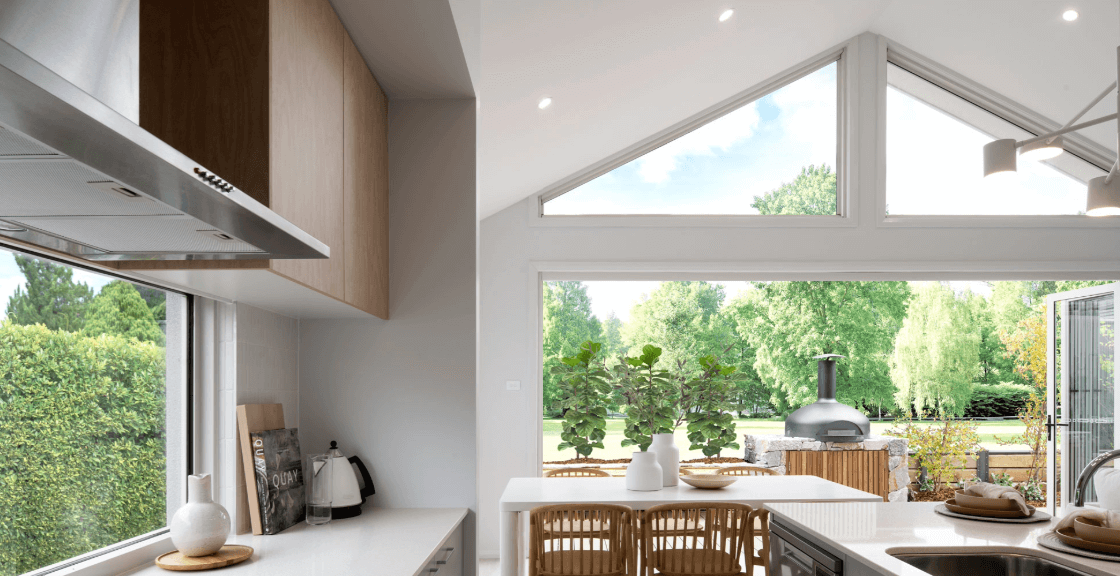1. Orientation of the House:
Homes with large windows facing south (in the Northern Hemisphere) or north (in the Southern Hemisphere) usually get consistent natural light throughout the day.
East-facing windows bring in morning sunlight, while west-facing ones receive afternoon light.
2. Window Placement and Size:
Larger windows and well-placed openings maximize daylight. Look for features like floor-to-ceiling windows or skylights.
Avoid homes with too few or small windows, as they can feel dim and enclosed.
3. Room Brightness:
Check how well-lit key spaces are, like the living room, kitchen, and bedrooms, at different times of the day.
Rooms with access to multiple light sources (e.g., windows on two walls) feel brighter and more spacious.
4. Obstructions:
Be mindful of trees, neighboring buildings, or fences that block sunlight.
North-facing homes (in the Northern Hemisphere) may feel darker if shadowed by large structures.
5. Energy Efficiency:
Good natural lighting can reduce the need for artificial lighting, lowering energy bills.
However, excessive direct sunlight might increase cooling costs, so consider window treatments or UV-blocking glass.
6. Mood and Health:
Natural light boosts mood and well-being, making spaces feel more inviting. Dimly lit homes might feel gloomy over time.
When visiting potential homes, try to see them during the daytime to gauge how natural light flows through the space.





No comments:
Post a Comment